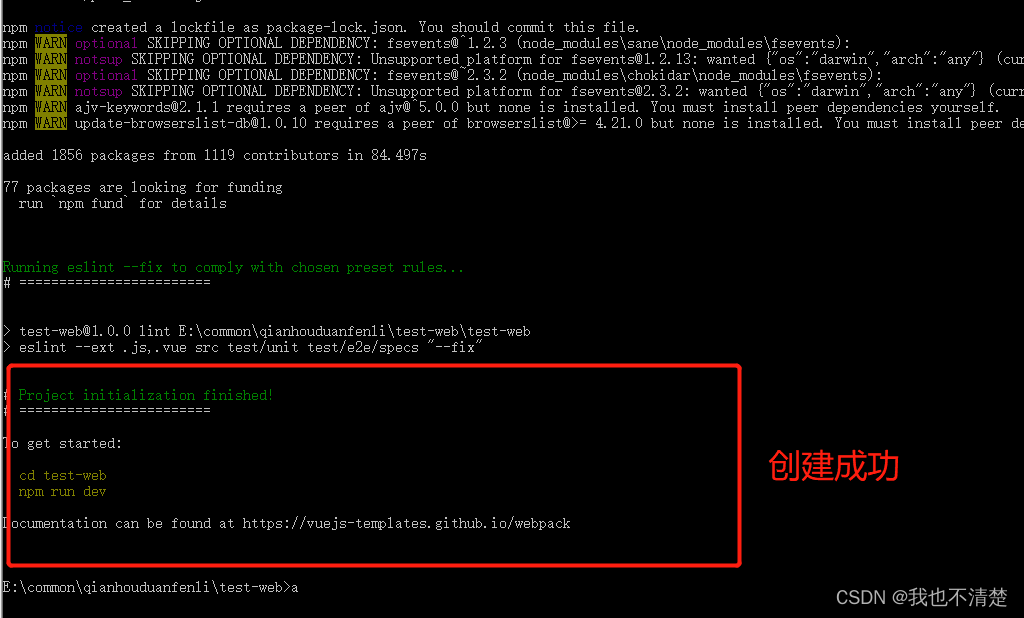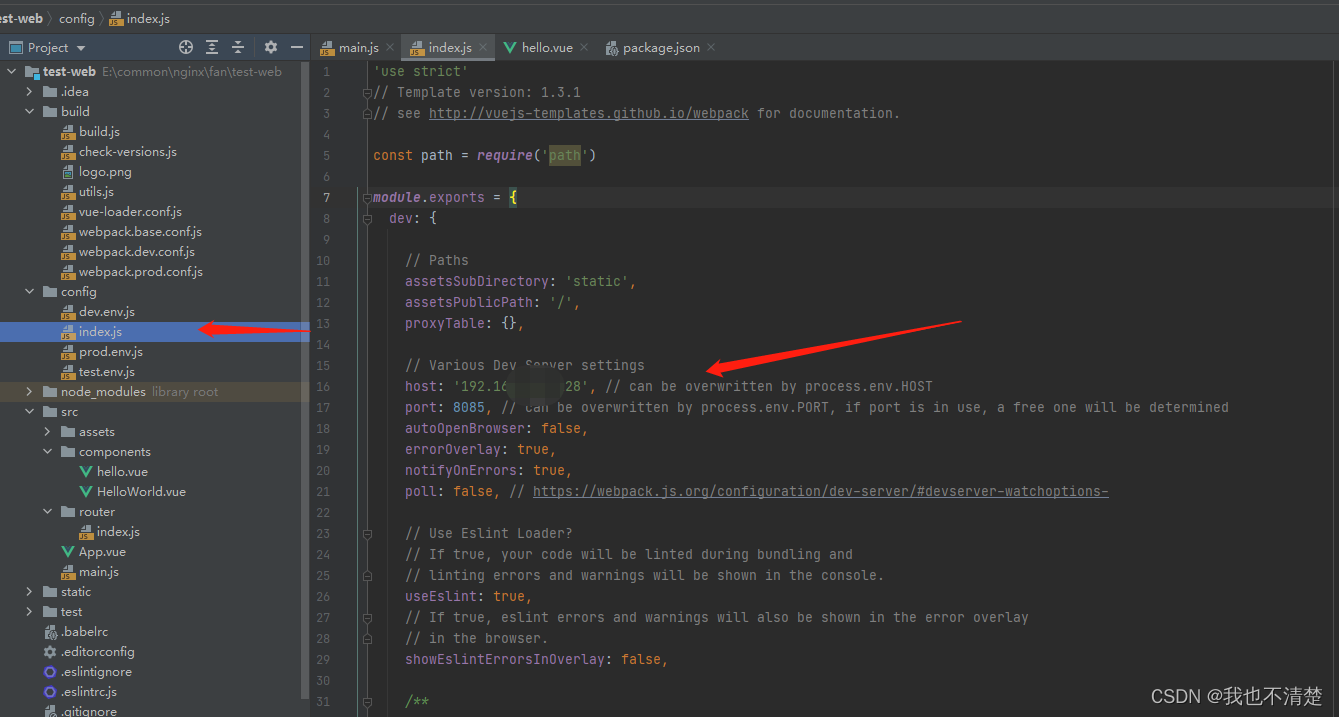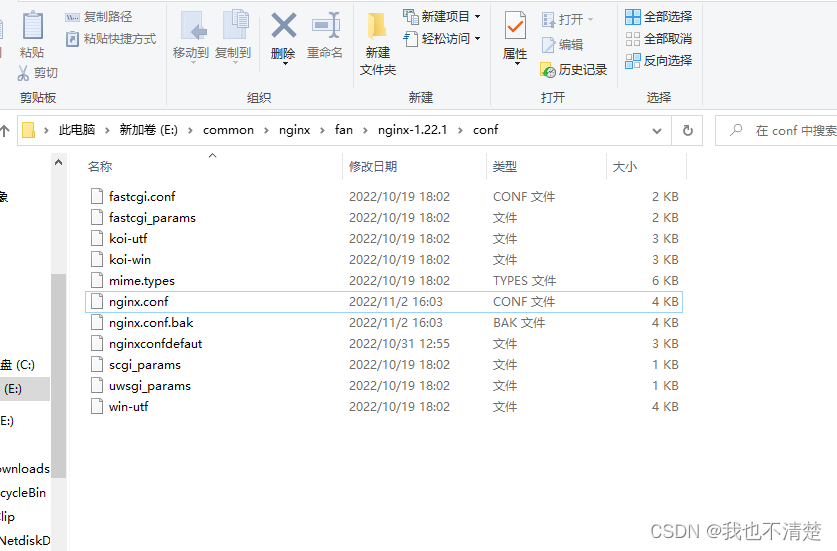Win10:SpringBoot+Vue+Nginx前后端分离
环境:
Windows10家庭版+JDK1.8_x64+IDEA:2020.3+Nginx:1.22.1+Node:14.16.0+Npm:6.14.11+Vue:2.5.2;
实现:
Vue+SpringBoot前后端分离,使用Nginx做代理、双服务负载均衡,双服务权重配置,侧重主服务,副服务用于灾备。
待考量:
后续后端可增加SpringBoot Cloud Gateway微服务;跨域问题,单点设计。
源码:例子源码
目录
一、前端Vue
1、环境安装
2、创建Vue项目

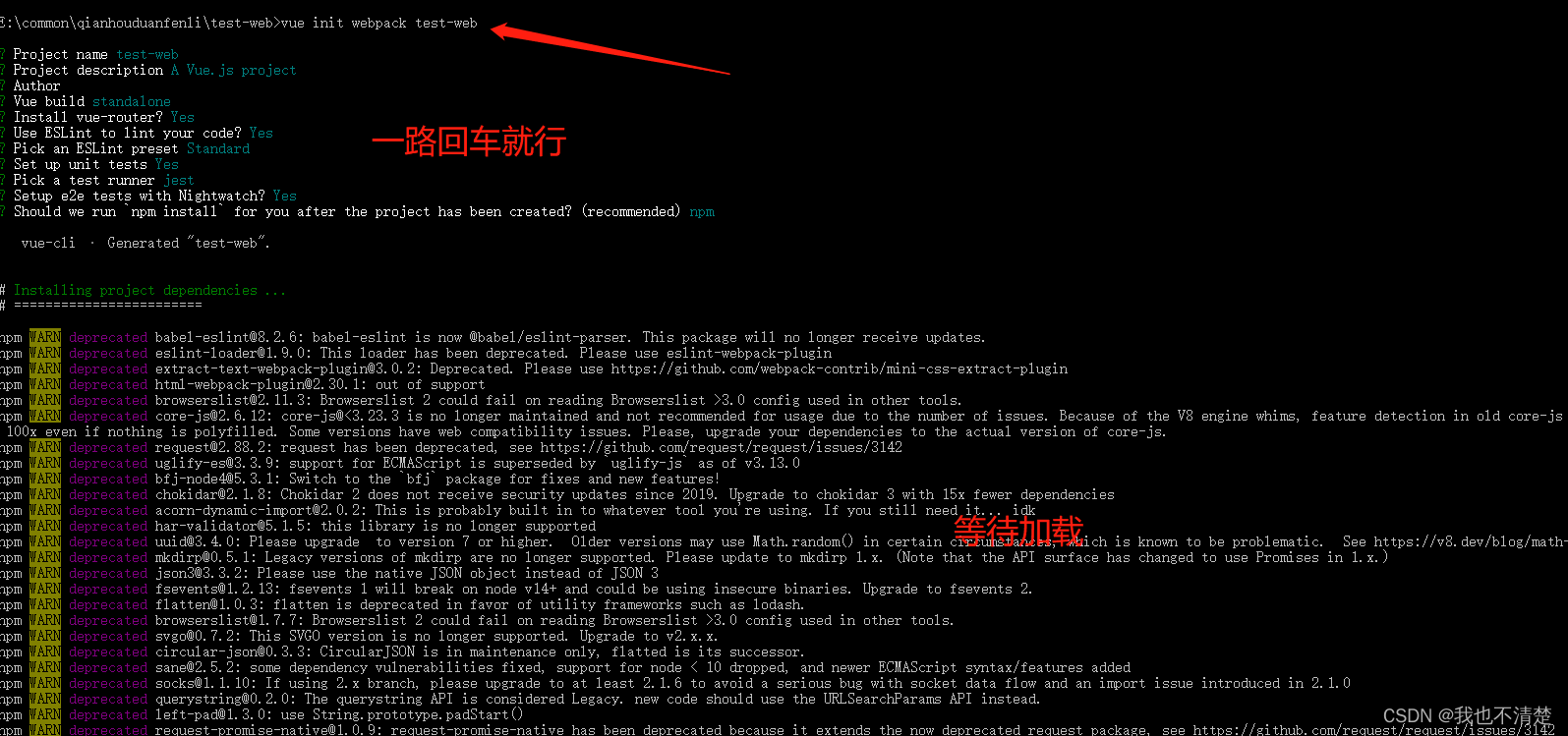
3、使用IDEA,open 、terminal中 npm install 依赖
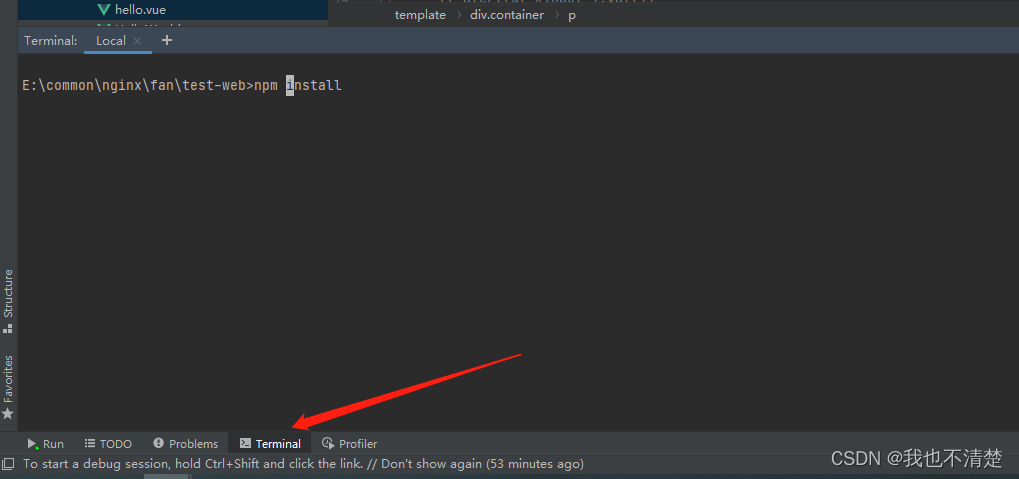
4、启动前端,验证是否创建初始化项目成功

5、脚手架增加依赖
npm install axios -S
npm install vue-resource -S
npm install vuex -S
npm install jquery -S
npm install bootstrap -S
npm install popper.js -S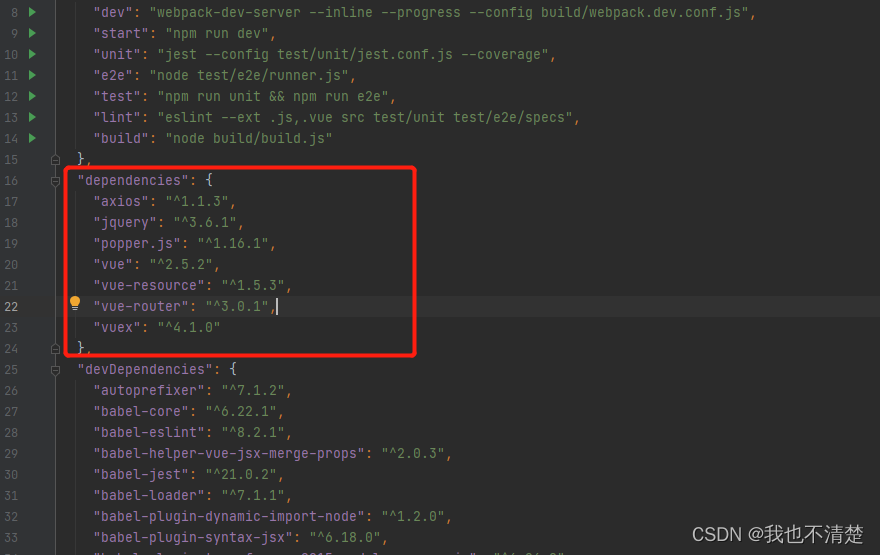
6、修改 webpack.base.conf.js,引入Jquery
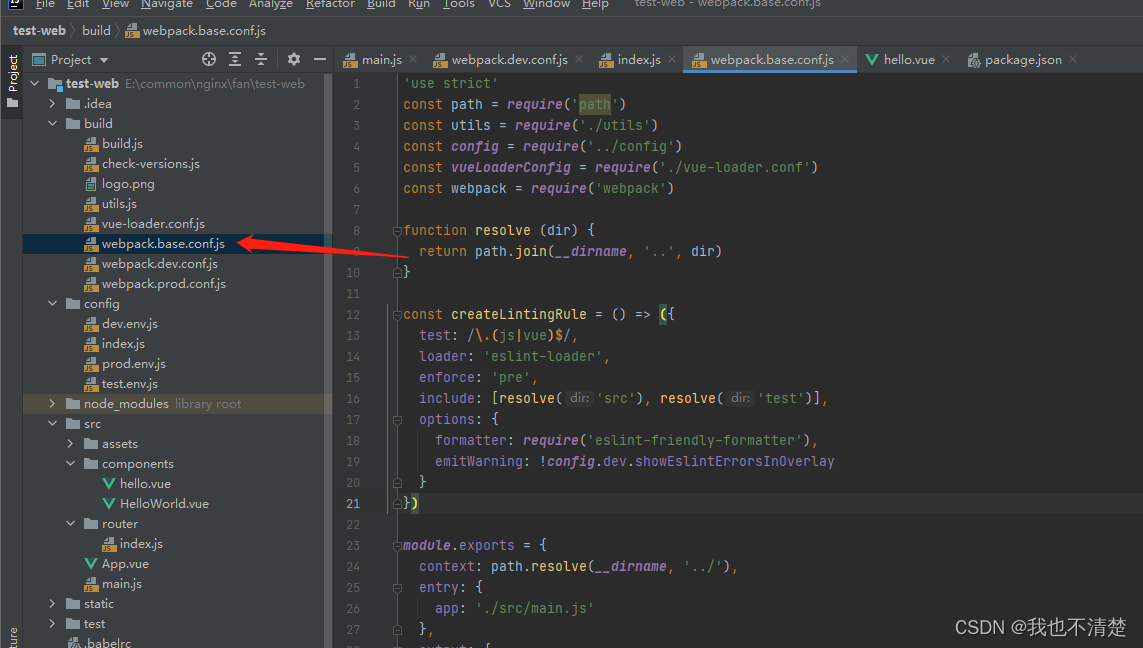
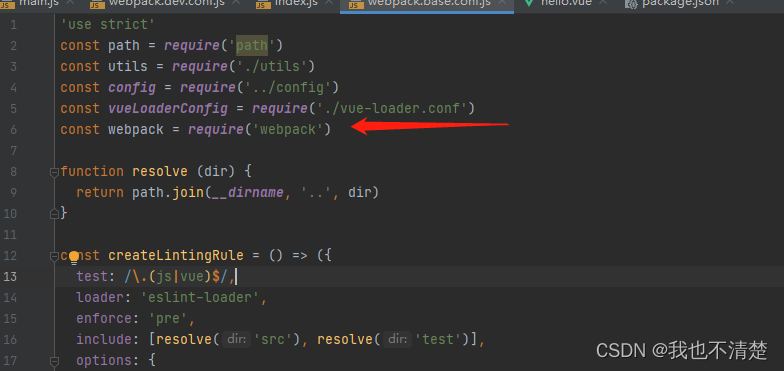
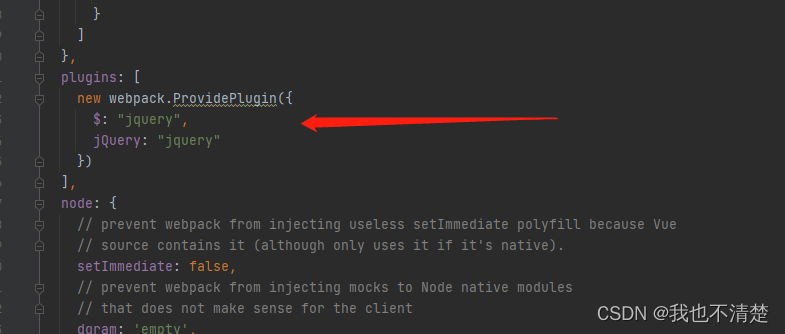
'use strict'
const path = require('path')
const utils = require('./utils')
const config = require('../config')
const vueLoaderConfig = require('./vue-loader.conf')
const webpack = require('webpack')
function resolve (dir) {
return path.join(__dirname, '..', dir)
}
const createLintingRule = () => ({
test: /\.(js|vue)$/,
loader: 'eslint-loader',
enforce: 'pre',
include: [resolve('src'), resolve('test')],
options: {
formatter: require('eslint-friendly-formatter'),
emitWarning: !config.dev.showEslintErrorsInOverlay
}
})
module.exports = {
context: path.resolve(__dirname, '../'),
entry: {
app: './src/main.js'
},
output: {
path: config.build.assetsRoot,
filename: '[name].js',
publicPath: process.env.NODE_ENV === 'production'
? config.build.assetsPublicPath
: config.dev.assetsPublicPath
},
resolve: {
extensions: ['.js', '.vue', '.json'],
alias: {
'vue$': 'vue/dist/vue.esm.js',
'@': resolve('src'),
}
},
module: {
rules: [
...(config.dev.useEslint ? [createLintingRule()] : []),
{
test: /\.vue$/,
loader: 'vue-loader',
options: vueLoaderConfig
},
{
test: /\.js$/,
loader: 'babel-loader',
include: [resolve('src'), resolve('test'), resolve('node_modules/webpack-dev-server/client')]
},
{
test: /\.(png|jpe?g|gif|svg)(\?.*)?$/,
loader: 'url-loader',
options: {
limit: 10000,
name: utils.assetsPath('img/[name].[hash:7].[ext]')
}
},
{
test: /\.(mp4|webm|ogg|mp3|wav|flac|aac)(\?.*)?$/,
loader: 'url-loader',
options: {
limit: 10000,
name: utils.assetsPath('media/[name].[hash:7].[ext]')
}
},
{
test: /\.(woff2?|eot|ttf|otf)(\?.*)?$/,
loader: 'url-loader',
options: {
limit: 10000,
name: utils.assetsPath('fonts/[name].[hash:7].[ext]')
}
}
]
},
plugins: [
new webpack.ProvidePlugin({
$: "jquery",
jQuery: "jquery"
})
],
node: {
// prevent webpack from injecting useless setImmediate polyfill because Vue
// source contains it (although only uses it if it's native).
setImmediate: false,
// prevent webpack from injecting mocks to Node native modules
// that does not make sense for the client
dgram: 'empty',
fs: 'empty',
net: 'empty',
tls: 'empty',
child_process: 'empty'
}
}
7、main.js Nginx监听
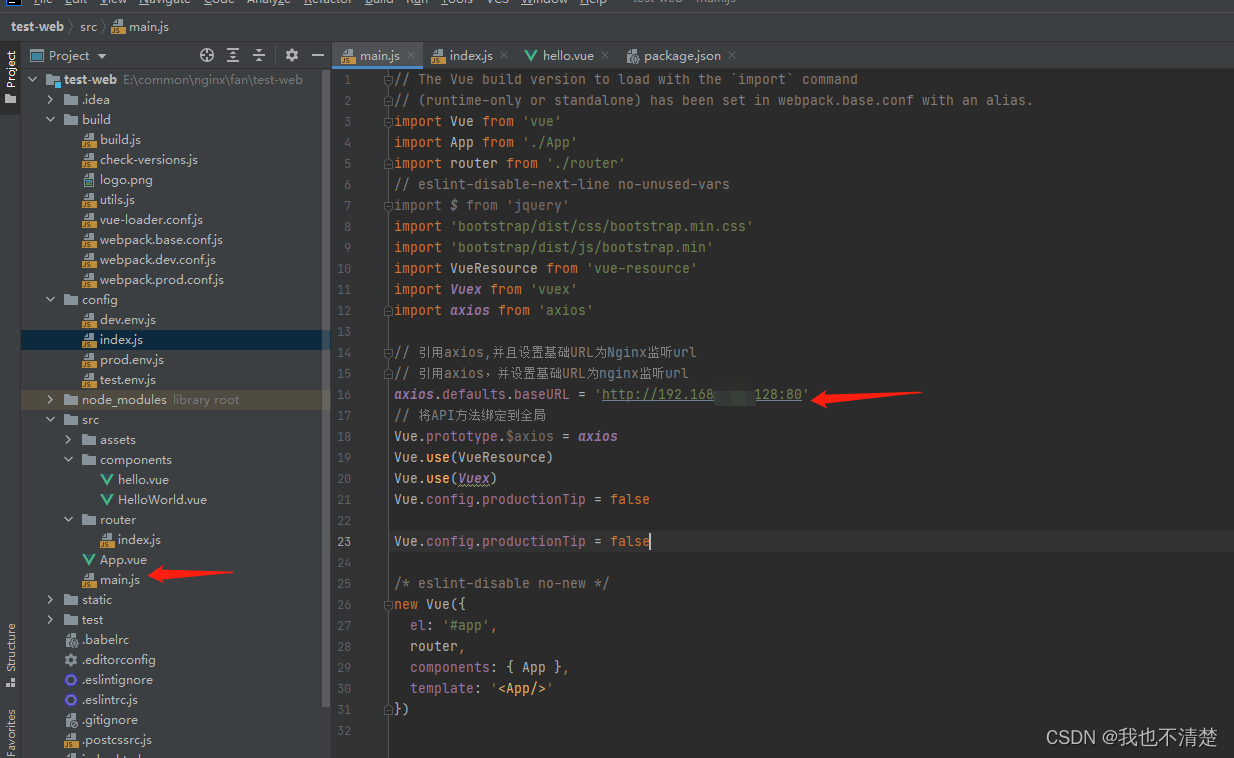
// The Vue build version to load with the `import` command
// (runtime-only or standalone) has been set in webpack.base.conf with an alias.
import Vue from 'vue'
import App from './App'
import router from './router'
// eslint-disable-next-line no-unused-vars
import $ from 'jquery'
import 'bootstrap/dist/css/bootstrap.min.css'
import 'bootstrap/dist/js/bootstrap.min'
import VueResource from 'vue-resource'
import Vuex from 'vuex'
import axios from 'axios'
// 引用axios,并且设置基础URL为Nginx监听url
// 引用axios,并设置基础URL为nginx监听url
axios.defaults.baseURL = 'http://192.168.**.128:80'
// 将API方法绑定到全局
Vue.prototype.$axios = axios
Vue.use(VueResource)
Vue.use(Vuex)
Vue.config.productionTip = false
Vue.config.productionTip = false
/* eslint-disable no-new */
new Vue({
el: '#app',
router,
components: { App },
template: '<App/>'
})
8、config中index.js指定前端Vue host:port
9、创建前端页面,调用后台
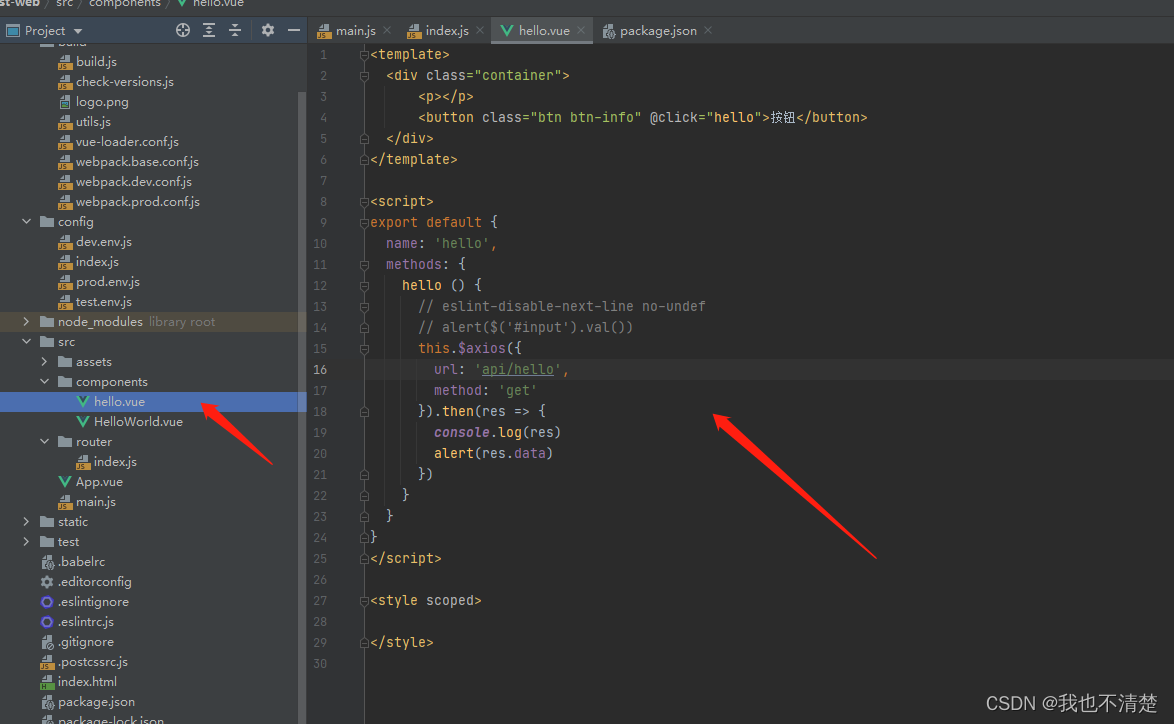
<template>
<div class="container">
<p></p>
<button class="btn btn-info" @click="hello">按钮</button>
</div>
</template>
<script>
export default {
name: 'hello',
methods: {
hello () {
// eslint-disable-next-line no-undef
// alert($('#input').val())
this.$axios({
url: 'api/hello',
method: 'get'
}).then(res => {
console.log(res)
alert(res.data)
})
}
}
}
</script>
<style scoped>
</style>
10、router index.js重定向中增加新增页面,真正用到vue中

二、后端Springboot双服务
1、创建Springboot后端demo01、Next,next,,,,,只新增web组件就可以
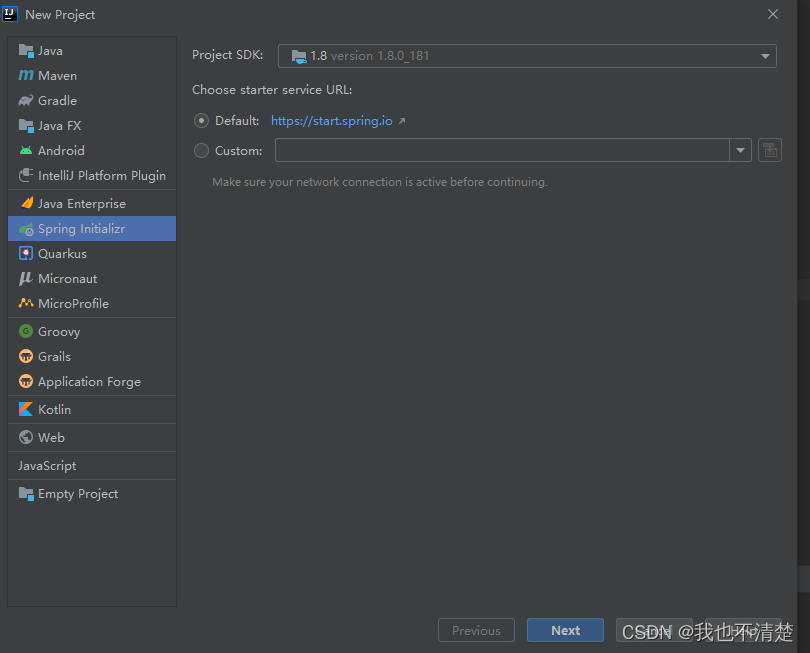
2、指定demo01服务端口8080

3、自定义过滤器,用于过滤路由
package com.example.demo01.util;
import org.springframework.stereotype.Component;
import javax.servlet.*;
import javax.servlet.annotation.WebFilter;
import javax.servlet.http.HttpServletRequest;
import javax.servlet.http.HttpServletResponse;
import java.io.IOException;
/**
* @author ${lcl}
* @Title: ${NAME}
* @ProjectName exhibition
* @Description: TODO
* @date 2019/2/28 00209:20
*/
@Component
@WebFilter(filterName = "OriginFilter",urlPatterns="/*")
public class OriginFilter implements Filter {
public void destroy() {
}
public void doFilter(ServletRequest req, ServletResponse resp, FilterChain chain) throws ServletException, IOException {
HttpServletResponse response = (HttpServletResponse) resp;
HttpServletRequest request = (HttpServletRequest) req;
response.setHeader("Access-Control-Allow-Origin", request.getHeader("Origin"));
response.setHeader("Access-Control-Allow-Methods", "POST, GET, PUT, DELETE");
response.setHeader("Access-Control-Allow-Headers", "x-requested-with");
response.setHeader("Access-Control-Allow-Credentials","true"); //是否支持cookie跨域
//response.reset();
/* response.setHeader("Access-Control-Allow-Origin", "*");
response.setHeader("Access-Control-Allow-Methods", "GET, HEAD, POST, PUT, PATCH, DELETE, OPTIONS, TRACES");
response.setHeader("Access-Control-Max-Age", "3600");
response.setHeader("Access-Control-Allow-Headers", "x-requested-with");*/
chain.doFilter(req, resp);
}
public void init(FilterConfig config) throws ServletException {
}
}
4、Controller自定义,供前端访问
package com.example.demo01.controller;
import org.springframework.web.bind.annotation.RequestMapping;
import org.springframework.web.bind.annotation.RequestMethod;
import org.springframework.web.bind.annotation.RestController;
@RestController
public class Demo1Controller {
@RequestMapping(value="demo01",method = RequestMethod.GET)
public String demo(){
return "Hello world Demo01!";
}
@RequestMapping(value="hello",method = RequestMethod.GET)
public String hello(){
return "Hello,the demo01!";
}
}5、同步骤1~4创建Demo02,指定不同端口8081,Demo02Controller
package com.example.demo02.controller;
import org.springframework.web.bind.annotation.RequestMapping;
import org.springframework.web.bind.annotation.RequestMethod;
import org.springframework.web.bind.annotation.RestController;
@RestController
public class Demo2Controller {
@RequestMapping(value="demo02",method = RequestMethod.GET)
public String demo(){
return "Hello world Demo02!";
}
@RequestMapping(value="hello",method = RequestMethod.GET)
public String hello(){
return "Hello,the demo02!";
}
}
三、Nginx安装配置
1、Nginx下载安装
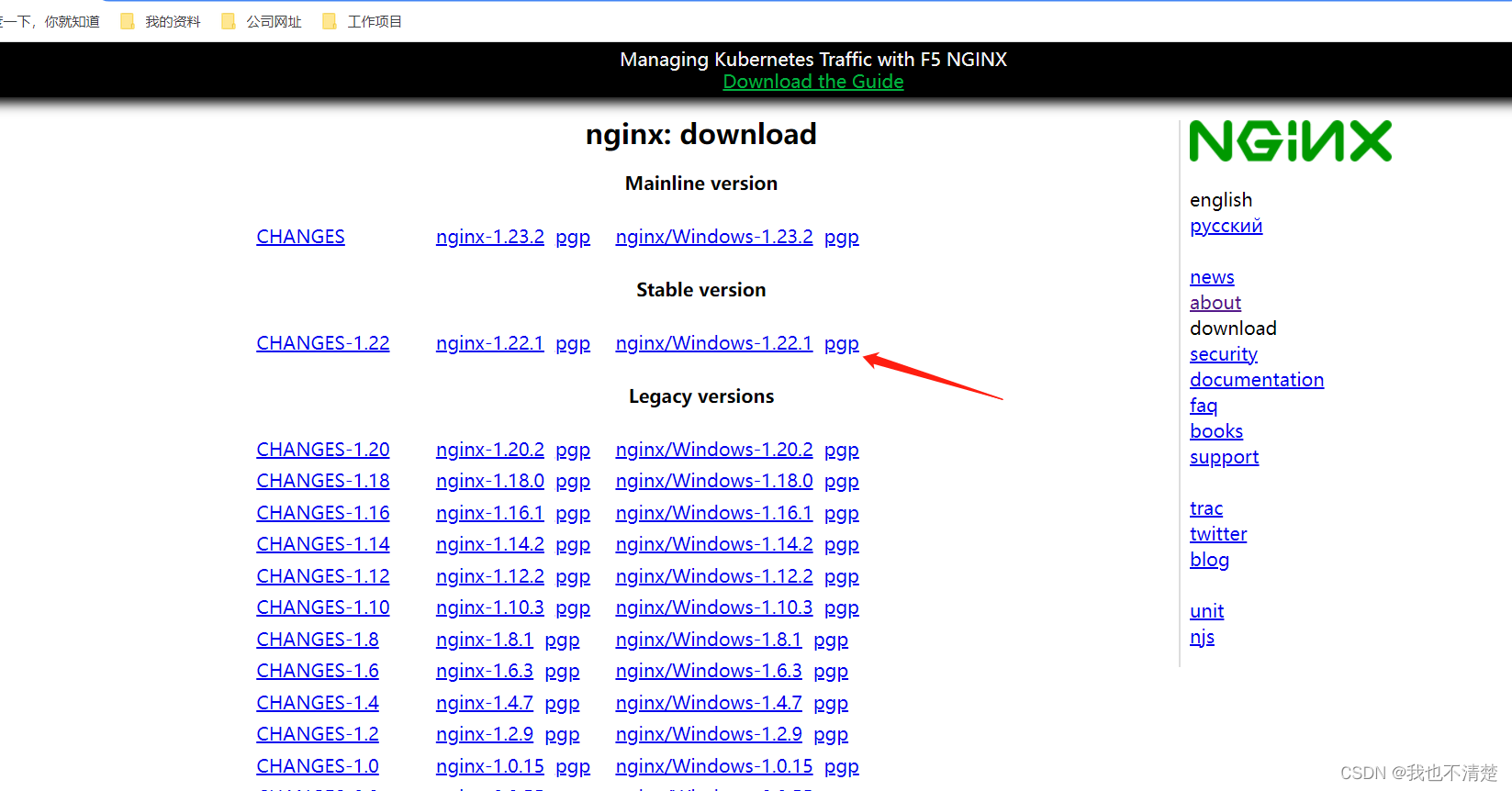
2、配置nginx.conf
3、双服务负载均衡、反向代理配置,,,本例子中未考虑跨域,session共享,后续考虑设计,可通过ip_hash,每个用户只单向访问一台服务器保证Session不跨域
#user nobody;
worker_processes 1;
#error_log logs/error.log;
#error_log logs/error.log notice;
#error_log logs/error.log info;
#pid logs/nginx.pid;
events {
worker_connections 1024;
}
http {
include mime.types;
default_type application/octet-stream;
#log_format main '$remote_addr - $remote_user [$time_local] "$request" '
# '$status $body_bytes_sent "$http_referer" '
# '"$http_user_agent" "$http_x_forwarded_for"';
#access_log logs/access.log main;
sendfile on;
#tcp_nopush on;
#keepalive_timeout 0;
keepalive_timeout 65;
#gzip on;
#upstream 域名{ 轮询 指定地址
# server IP:PORT;
# server IP:PORT;
#}
upstream 127.0.0.1{
server 192.168.**.128:8080 weight=3;
server 192.168.**.128:8081 weight=1;
}
server {
listen 80;
server_name 192.168.**.128;
#charset koi8-r;
#access_log logs/host.access.log main;
#添加头部信息
proxy_set_header Cookie $http_cookie;
proxy_set_header X-Forwarded-Host $host;
proxy_set_header X-Forwarded-Server $host;
proxy_set_header X-Forwarded-For $proxy_add_x_forwarded_for;
location / {
proxy_pass http://192.168.**.128:8085/;
}
location /api/ {
rewrite ^/api/(.*)$ /$1 break;
proxy_pass http://127.0.0.1/api/;
}
#error_page 404 /404.html;
# redirect server error pages to the static page /50x.html
#
error_page 500 502 503 504 /50x.html;
location = /50x.html {
root html;
}
# proxy the PHP scripts to Apache listening on 127.0.0.1:80
#
#location ~ \.php$ {
# proxy_pass http://127.0.0.1;
#}
# pass the PHP scripts to FastCGI server listening on 127.0.0.1:9000
#
#location ~ \.php$ {
# root html;
# fastcgi_pass 127.0.0.1:9000;
# fastcgi_index index.php;
# fastcgi_param SCRIPT_FILENAME /scripts$fastcgi_script_name;
# include fastcgi_params;
#}
# deny access to .htaccess files, if Apache's document root
# concurs with nginx's one
#
#location ~ /\.ht {
# deny all;
#}
}
# another virtual host using mix of IP-, name-, and port-based configuration
#
#server {
# listen 8000;
# listen somename:8080;
# server_name somename alias another.alias;
# location / {
# root html;
# index index.html index.htm;
# }
#}
# HTTPS server
#
#server {
# listen 443 ssl;
# server_name localhost;
# ssl_certificate cert.pem;
# ssl_certificate_key cert.key;
# ssl_session_cache shared:SSL:1m;
# ssl_session_timeout 5m;
# ssl_ciphers HIGH:!aNULL:!MD5;
# ssl_prefer_server_ciphers on;
# location / {
# root html;
# index index.html index.htm;
# }
#}
}
四、启动
1、Nginx启动
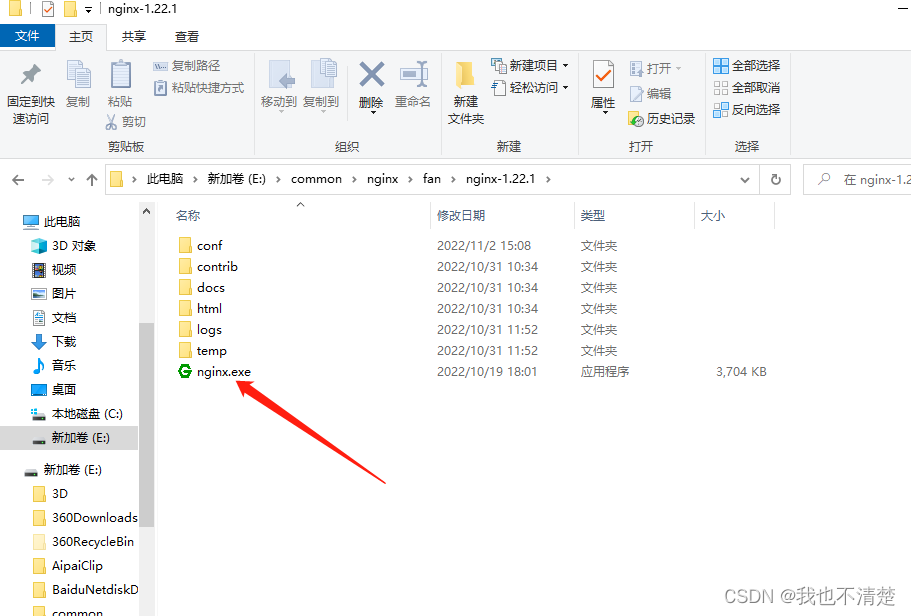
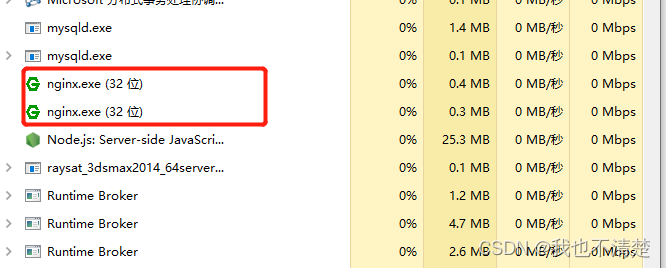
2、前端启动
3、后端双服务启动

4、浏览器访问前端自定义页面hello
http://192.168.**.128:8085/#/hello
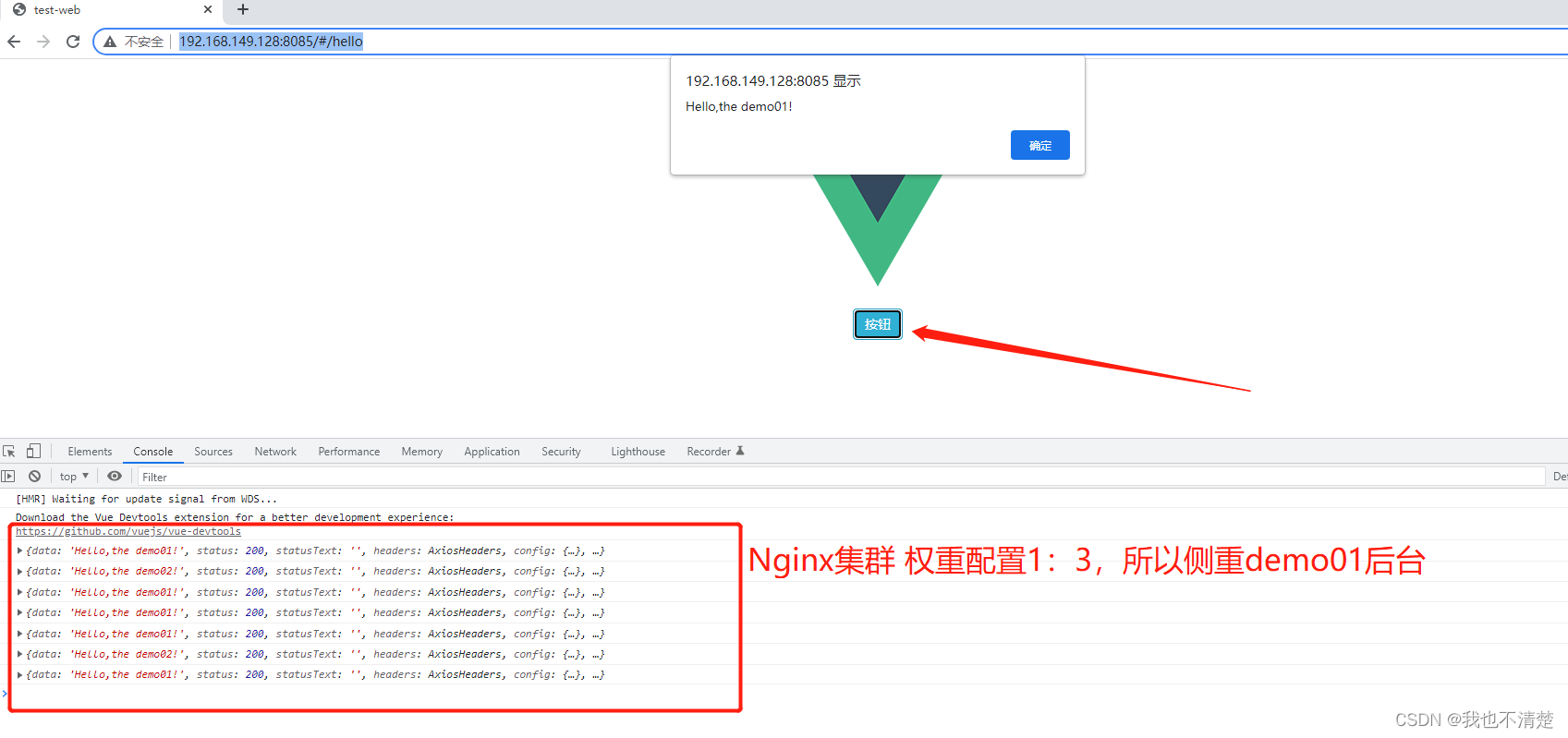
相关文章
- Vue_(Router路由)-vue-router路由的基本用法
- [Vue @Component] Define Props on a Vue Class with vue-property-decorator
- [Vue] Get up and running with vue-router
- 一个典型的Vue应用的App.vue
- Atitit 定时器timer 总结 目录 1. 定时器 循环定时器 和timeout超时定时器1 2. Spring定时器1 2.1. 大概流程1 2.2. 核心源码springboot1
- SpringBoot配置属性之其他
- vue-router路由的安装、配置、具体用法和Vue-router学习笔记
- vue 的 render 函数的用法:new Vue({ render: h => h(App), }).$mount(‘#app‘)
- 前后端分离解决跨域问题:springboot做后端+vue做前端
- Springboot怎么快速集成Redis?
- 仓库管理系统-前后端分离项目(SpringBoot+Vue)
- Springboot获取公网IP和当前所在城市(非常简单)
- SpringBoot中调用第三方接口的三种方式
- 在vue页面引入echarts,图表的数据来自数据库 springboot+mybatis+vue+elementui+echarts实现图表的制作
- Vue中vue-i18n结合vant-ui实现国际化
- SpringBoot无法访问接口,报错:This application has no explicit mapping for /error, so you are seeing this as a fallback.
- 启动SpringBoot项目的三种方式
- Vue(二)vue 指令及用法举例
- 基于Java+SpringBoot+Vue前后端分离农产品物流系统设计与实现(有视频讲解)
- 基于Java+SpringBoot+Vue前后端分离书店购书系统设计与实现(有视频教程)
- SpringBoot中使用Easyexcel实现Excel导入导出功能(二)
- Springboot优雅的参数校验(二)


